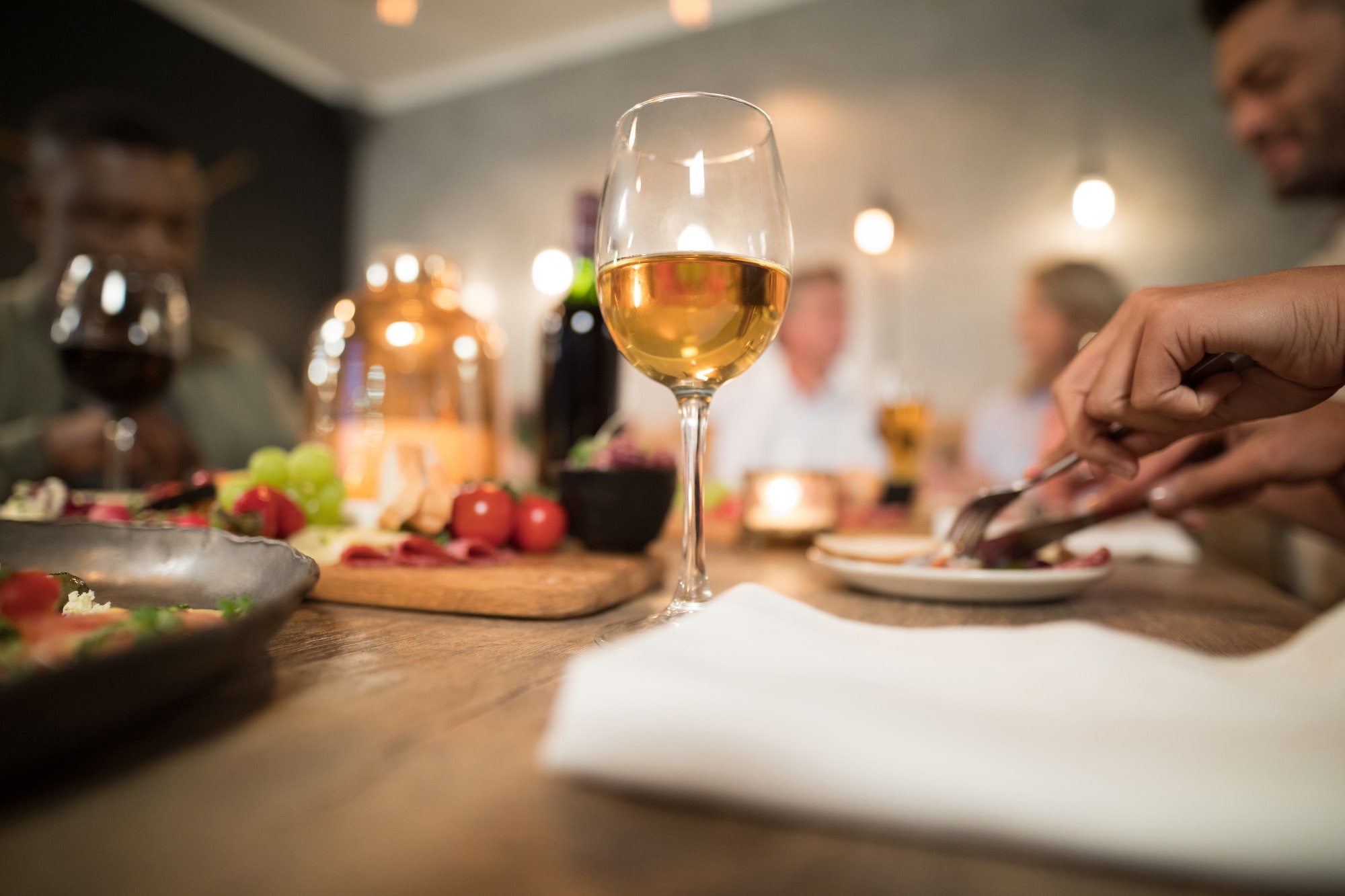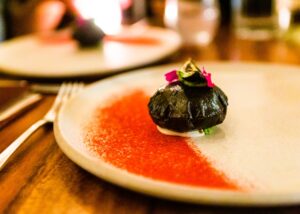A journey through high-end tasting menus is an adventure for the senses, where gourmet food pairings and elevated cuisine techniques come together to create an unforgettable dining experience. The art of pairing food and beverages for an enhanced experience is a skill that expert sommeliers and chefs have mastered over time. With each course thoughtfully designed to complement the flavors of the accompanying wine or cocktail, diners are transported on a gastronomic voyage that delights the palate and stimulates the mind.
The Importance of Pairing Food and Beverages for an Enhanced Experience
The concept of pairing food and beverages is based on the notion that certain combinations can enhance the flavors and textures of both elements, providing a more enjoyable dining experience. This idea has been practiced for centuries, with traditional pairings such as oysters and champagne or red meat and red wine proving to be timeless classics. However, modern chefs and sommeliers are continuously exploring new, innovative pairings that challenge conventional wisdom and delight discerning diners.
Wine pairings play a critical role in the overall experience of a tasting menu. Expert sommeliers carefully select wines that complement each course, considering factors such as acidity, tannins, sweetness, and body. This meticulous attention to detail ensures that each bite is harmoniously balanced with its accompanying sip, elevating the flavors and textures of both the food and wine.
Elevated Cuisine Techniques and Presentations
One of the hallmarks of high-end tasting menus is the use of elevated cuisine techniques and presentations. Molecular gastronomy has become increasingly popular in recent years, as chefs experiment with unconventional cooking methods such as sous-vide, liquid nitrogen, or spherification to create dishes that defy expectations. These cutting-edge techniques allow chefs to manipulate ingredients in ways that were previously unimaginable, resulting in dishes that are visually stunning, texturally unique, and utterly delicious.
Artful plating designs are another essential aspect of elevated cuisine. Chefs take great care in arranging each dish on the plate, using elements such as color, height, and negative space to create a visually appealing presentation. This attention to detail not only enhances the aesthetic appeal of the dish but also serves to heighten the anticipation for the flavors that await.
Examples of High-End Tasting Menus
Many Michelin-starred restaurants offer exquisite tasting menus that showcase their culinary prowess and commitment to gourmet food pairings. New York City’s Eleven Madison Park, for example, offers an elaborate tasting menu that features dishes such as foie gras terrine with black truffles and pickled ramps or slow-cooked halibut with morel mushrooms and ramp jus. Each course is accompanied by a carefully chosen wine pairing, with expert sommeliers on hand to guide diners through the selection process.
Similarly, The Fat Duck in Bray, England, helmed by renowned chef Heston Blumenthal, is famous for its innovative and whimsical tasting menu. Diners can expect to be delighted by dishes such as snail porridge or mock turtle soup, each expertly paired with a wine that enhances the unique flavors and textures of the dish.
As culinary trends continue to evolve and chefs push the boundaries of what is possible in the realm of gourmet food pairings and elevated cuisine, high-end tasting menus will remain an exciting and indulgent way for diners to explore new flavors and techniques. Whether it’s a molecular gastronomy masterpiece or an expertly crafted wine pairing, these unforgettable dining experiences invite connoisseurs on a journey that tantalizes the senses and elevates the art of fine dining.



